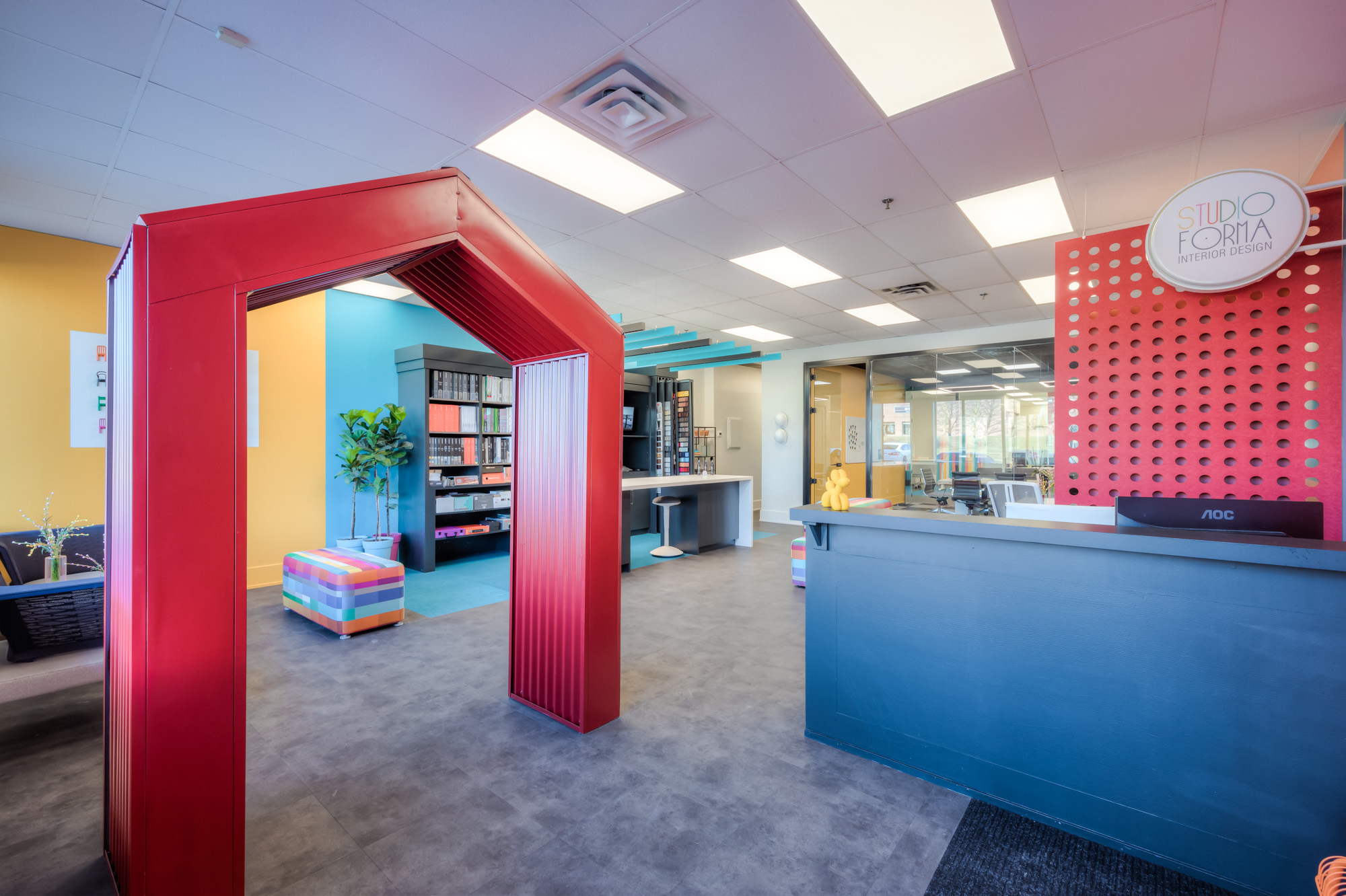Creating an office environment that reflects a company’s culture is essential for fostering employee engagement and satisfaction. By strategically designing workspaces, companies can reinforce their core values and enhance collaboration.
Understanding Company Values
Clearly define and integrate core company values into the design.
Before designing the office, it’s crucial to have a clear understanding of the company’s core values. These values should guide every aspect of the design, from layout to furnishing choices. For instance, if innovation is a key value, the space should include adaptable areas that encourage creativity and brainstorming. Visual cues like wall art showcasing milestones or key achievements can also reinforce these values. This alignment ensures that employees feel a strong connection to the culture as soon as they step into the office.
Creating Collaborative Spaces
Design spaces that promote teamwork and collaboration.
Incorporating collaborative spaces is vital for a culture that values teamwork. Open areas with modular furniture can encourage spontaneous meetings and discussions. Additionally, providing various types of workspacessuch as quiet zones and dynamic hubscaters to different working styles. Technology can further enhance these spaces, allowing for seamless communication and connection among team members. Thus, designing with collaboration in mind can lead to stronger relationships and improved productivity.
Incorporating Flexibility
Ensure the office design is adaptable to evolving needs.
Flexibility in design is essential for companies that prioritize agility and innovation. Furniture that can be easily rearranged or systems that allow for temporary configurations can accommodate various team sizes and project requirements. This adaptability not only maximizes functionality but also demonstrates a commitment to supporting employees work styles. Additionally, multifunctional spaces that can be transformed for different uses maintain a vibrant atmosphere that fosters creativity and engagement.
Reflecting Diversity and Inclusion
Design spaces that celebrate and reflect diversity.
A culture of diversity and inclusion should be physically represented in the office design. Incorporating elements that celebrate different culturessuch as artwork, colours, and materialscreates an inclusive environment. Spaces for quiet reflection or private conversations encourage all employees to feel valued and respected. Additionally, ergonomic designs that meet the varying needs of employees with different backgrounds can enhance comfort and engagement. This thoughtful approach fosters a sense of belonging, reinforcing the companys commitment to diversity.
Enhancing Well-Being
Prioritizing employee wellness through thoughtful design.
A culture that values employee well-being should be reflected in the office design through features that promote mental and physical health. Incorporating natural light, plants, and open spaces can greatly improve employee mood and productivity. Designating areas for relaxation, as well as encouraging movement through the use of stairs instead of elevators, reinforces a healthy lifestyle. Providing access to wellness resources, such as fitness areas or meditation rooms, further demonstrates the companys commitment to its employees health.
Utilizing Technology
Leverage technology to support an innovative culture.
Incorporating advanced technology into office design can reflect a culture grounded in innovation and efficiency. Smart systems that control lighting, temperature, and sound can enhance the work environment. Meeting rooms equipped with the latest conferencing tools ensure seamless communication with remote teams. Integrating digital displays that showcase company achievements or key information fosters a sense of transparency. By prioritizing technological integration, the design aligns with a forward-thinking culture.
Celebrating Company Achievements
Create spaces that honour the companys accomplishments.
Designing areas that celebrate the companys achievements can significantly boost morale and align employees with the corporate mission. Wall murals, plaques, or interactive displays showcasing milestones can inspire pride in the workplace. Additionally, having a dedicated area for team recognitions or awards can motivate employees to strive for excellence. This integration of achievements into the design helps to reinforce a culture centered on success and appreciation.
Incorporating company culture into office design requires a thoughtful approach that aligns the physical space with the values and objectives of the organization. By creating a workplace that promotes collaboration, diversity, well-being, and innovation, companies can enhance employee satisfaction and productivity.

